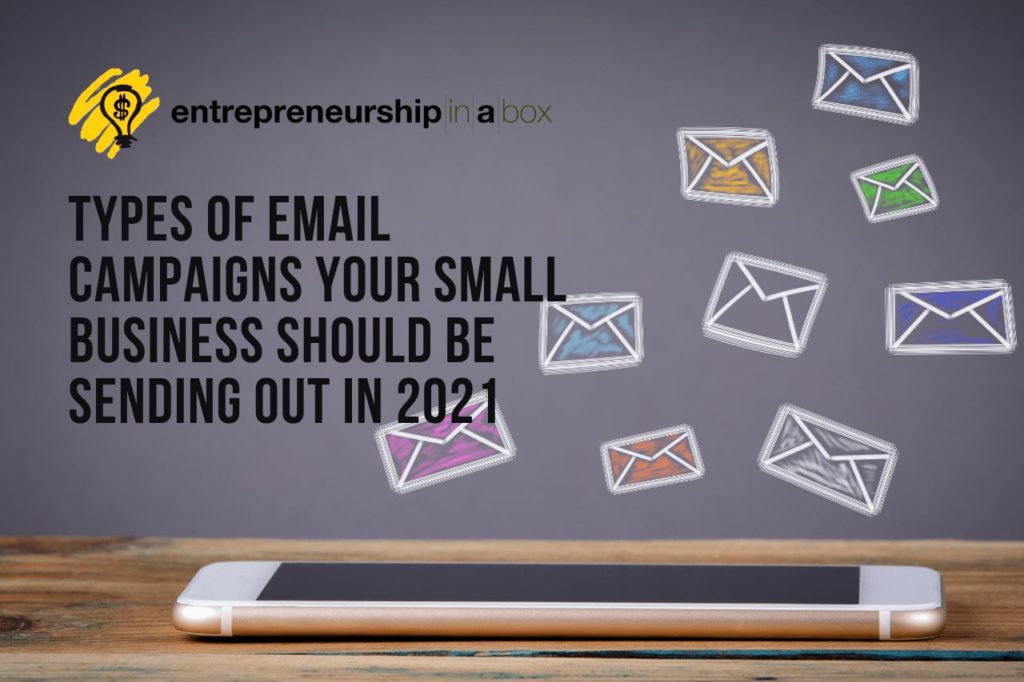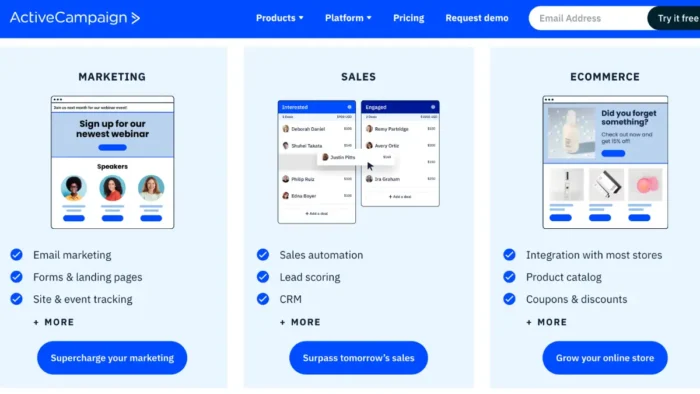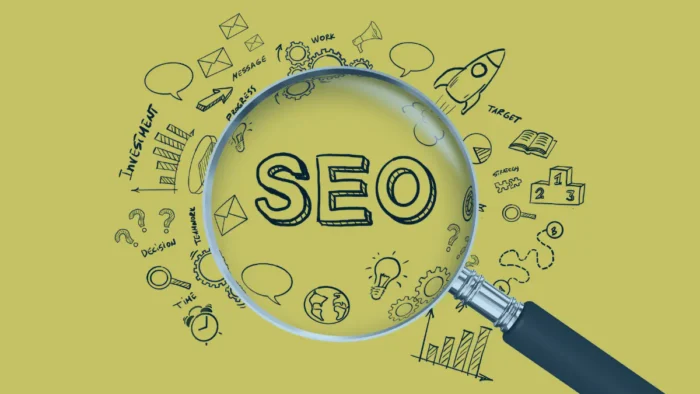Email marketing can generate as much as $38 for every dollar spent. But while many companies do achieve those types of numbers, it’s by no means a guarantee. So, your email campaigns are important for your small business.
The truth is that those numbers can be achieved, but only by email marketers who know what they’re doing. And in 2021, when inboxes are already overrun with promotional emails, this means knowing exactly what to send, and when. With that in mind, let’s look at some of the campaigns small businesses should include in their strategy in the upcoming year.
1. Welcome Email
The average open rate of a welcome email as a part of email campaigns is around 82%. And that’s just one of the reasons why it’s the perfect opportunity to establish a connection with your subscribers and get them to become excited about what’s coming next. But besides saying hello and thanking people for subscribing, what can you do to set yourself up for success in the future?
Well, an often overlooked part of a welcome email is the possibility to showcase your brand voice. As you can see in some of the best welcome email examples, these emails are the perfect way to let your brand shine, both in the voice and the design you use.
You can tell a compelling story about your brand, talk about what’s coming next, and get people to start taking action right now, conditioning them to click the links in your emails in the future. Speaking of which, a sneaky way of using a welcome email is for segmentation. Every tag you can add about your subscribers will allow you to send more personalized emails, improving open rates, click-throughs, and conversions.
For instance, you could provide two options to click on, such as two resources dealing with two different issues. That way, you can tag people based on what they click, adding them to a segmented list based on that topic.
2. Lead Nurturing Email Campaigns
The underlying goal of every business is to convert leads into paying customers. But unfortunately, not all leads are equal, and some might need a bit more time (and a bit more convincing) before they are ready to say yes.
The good news is that your sales team doesn’t have to personally walk through each lead through every step they need to take. With the help of lead nurturing email campaigns, you can achieve the same results virtually on autopilot, guiding leads through the obstacles and objections they might have until buying from you is the only logical choice.
To craft effective lead nurturing email campaigns, you must have a deep understanding of your audience. After all, you will be guiding them through the challenges they’re facing, so you must know what those challenges are and where they are right now.
It’s also essential to lead with value instead of a sales pitch. Leads in a nurturing sequence aren’t ready to buy, so your offer will have the opposite effect from what you’re hoping for. Try to be helpful, provide as much value as possible, while framing the steps to lead to your products as the ultimate solution. That way, the leads will feel like they decided to buy on their own, even if you did help them figure it out.
3. Announcements

Many marketers have criticized one-off or blast emails as a thing of the past. With segmentation becoming easier and more accessible each year, it simply makes more sense to send individualized messages that are the most relevant to each subscriber. But at the same time, you can’t be expected to segment every single email you send out. Sometimes, you may have an urgent announcement that you want to share with everyone on your list, no matter their interests or situation.
And that’s a perfectly good reason to send out an announcement email. Sure, you should make the announcement relevant and important to every subscriber that gets it, as otherwise, it defeats the whole purpose. But if you have a new store opening up, launch a new product line, or have significant changes to the way you run your business, it’s good to let your subscribers know not just for promotional purposes but from an ethical standpoint as well.
Sometimes, you may find that announcement emails might need to be segmented as well. For instance, if you are opening up a new store in a specific city, you should only email subscribers in the close vicinity, as the message won’t be relevant to everyone else.
4. Newsletters as email campaigns
A newsletter is the classic email campaign that has been around for almost as long as the internet itself. Since the day more people got their first email addresses, they have been subscribing to newsletters on a wide variety of topics, and this habit is one of the main reasons why it’s so relevant today.
As the name implies, newsletters are all about news about the company that’s sending them out. Although in reality, this can mean news, updates, and even offers about absolutely anything. In a modern business context, newsletters can be a weekly update about products and deals, an informational email that discusses a specific topic, or even a literal news update about what happened in the last time period.
The reason why newsletters are still so important is their consistency. People expect to receive a newsletter in their inbox, and if they’re used to open it, you can be almost guaranteed that they’ll read the next one as well. With the help of a well-crafted newsletter campaign, you can stay on the minds of your audience, introduce new products, and run special offers that basically act as an on-demand sales boost for your business.
5. Survey Campaigns
For a long time, businesses have looked at email campaigns as one-way conversations. Sure, you had the occasional “letter from the CEO” that encouraged responses, but most of the time, it was all about what the company could tell (and ultimately sell) to its audience. But today, more and more companies are discovering that allowing subscribers to voice their opinions can have powerful implications as well.
By running survey campaigns for your list, you can answer almost any business question or test any hypothesis with much better accuracy. Instead of having to guess what your audience wants or needs, you can get direct feedback, getting to see the specific words your ideal customers use to describe it. This can not only help you improve your products and services but can also allow you to use that language in your sales messages, which can have a much stronger impact on the reader.
Final Words
Email marketing is not going anywhere, no matter what digital platforms will emerge in the near future. Using the campaigns listed above, you can keep your list engaged, make more sales, and learn valuable insights about your audience that will help you grow your company in the future.
The key to running successful email campaigns isn’t in the number of emails you send out, but in the quality of the messaging and the knowledge, you have about your audience.





